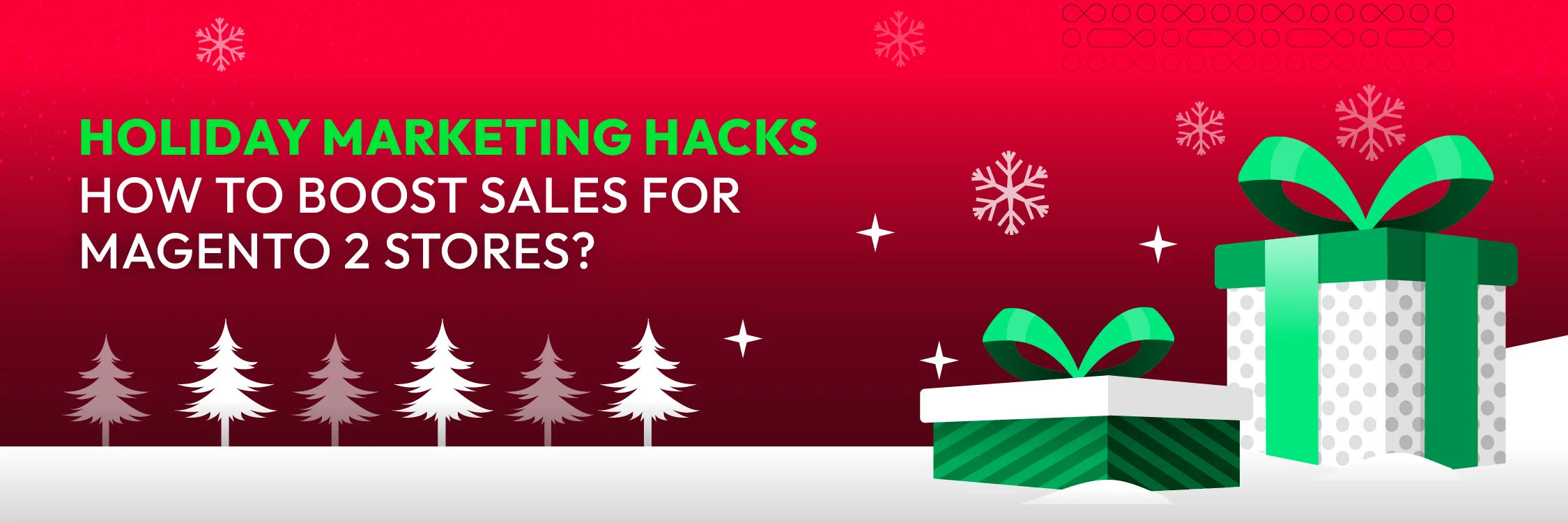How to Increase Shopify Sales: Top 16 Innovative Strategies

If your Shopify ecommerce store is experiencing a sales plateau, you’re not alone. Many face this challenge due to the high competition. According to Shopify, there are 2.063 million merchants on the platform as of December 2021, each vying for attention with attractive templates and strategies. To break through and attract new customers, you need to think outside the box.
Luckily, there are proven strategies to increase Shopify sales for your business. In this article, we’ll highlight some of the best approaches to drive increased sales for your online store.
List 16 tips to increase sales for Shopify store
Elevate social media strategy
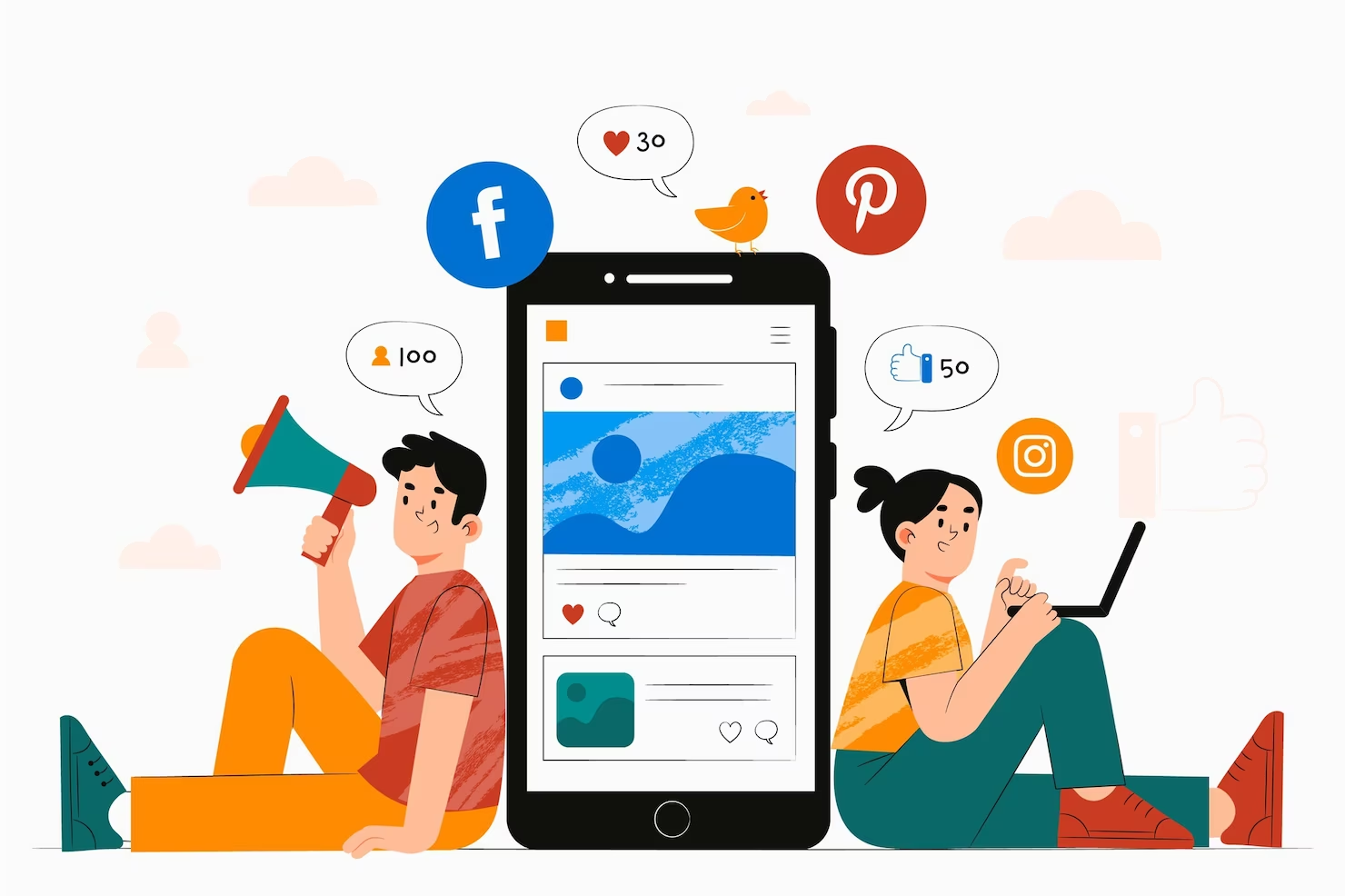
An effective marketing approach for ecommerce businesses to increase Shopify sales must include a robust presence on social media.
For ecommerce labels, Instagram has emerged as a potent marketing instrument, leveraging its emphasis on visuals and the option to tag products for seamless shopping experiences.
Anticipated to reach 1.44 billion users globally by 2025, Instagram presents a vast potential audience, even if your focus is on reaching a specific, ideal demographic within that expansive user base.
In your Shopify store, prioritize showcasing products with detailed photos and engaging visuals that emulate an in-store experience. Utilize powerful videos and compelling product descriptions, including essential specifications and storytelling, to effectively communicate and captivate customers.
With consistent posting, you can start building followers and with it new traffic and brand awareness. You’ve already warmed these leads with great content, so when they land on your store, they are more ready to purchase.
Expand online sales on familiar social network platforms
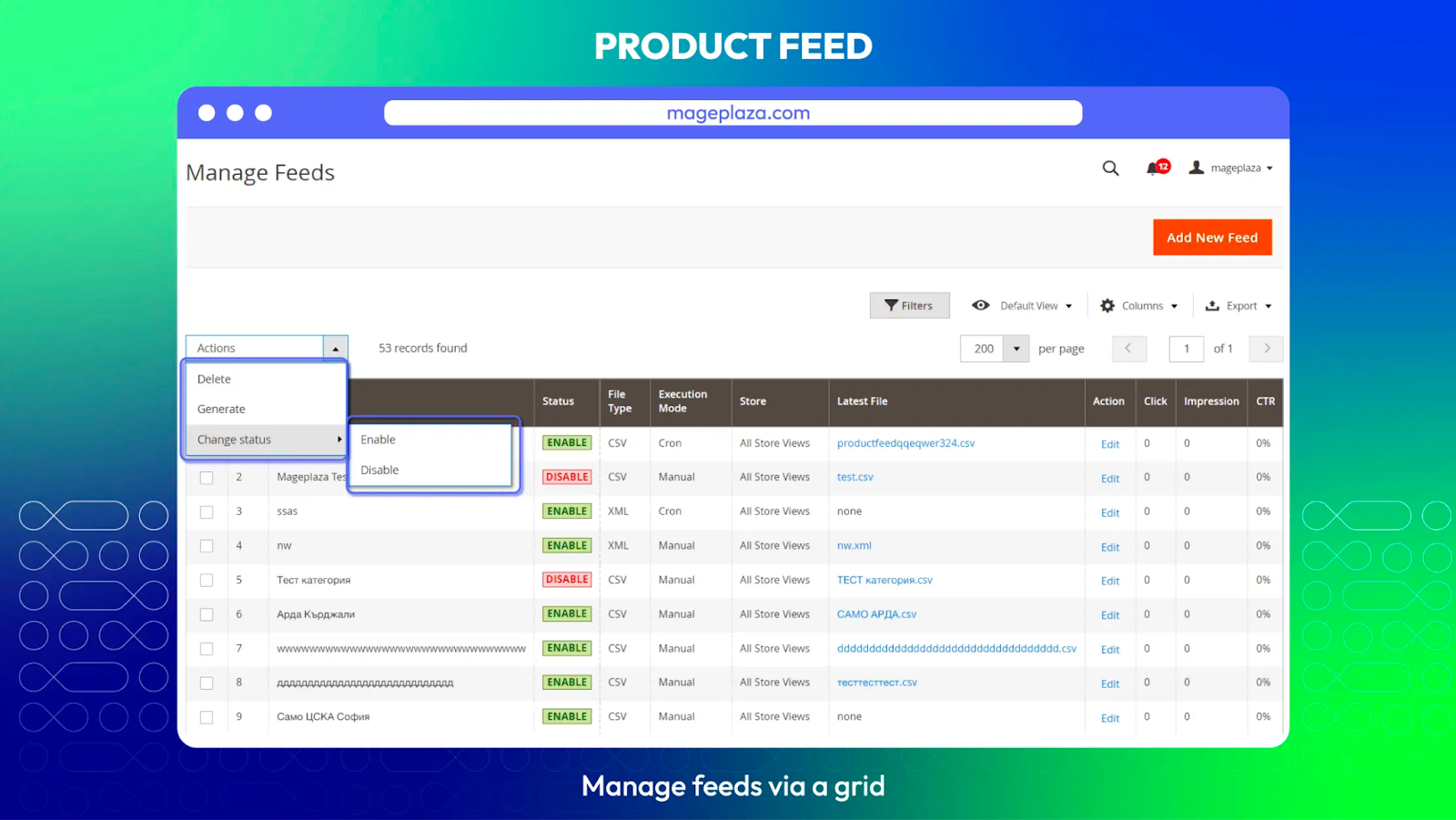
The Product Feed extension serves as a bridge between your online store and various shopping channels such as Google Shopping, Amazon, eBay, Bing, and Facebook. This tool facilitates the creation, uploading, and management of product feeds on different shopping platforms, ultimately enhancing your store’s visibility.
While many campaigns utilize product feeds to transfer product data, adept sellers can leverage them as a competitive edge. Optimization enhances performance by improving ad rank and quality scores, ensuring data accuracy, providing flexibility for ecommerce content and ultimately contributing to increase Shopify sales.
Mageplaza Product Feed for Shopify
Automate and optimize your feed uploads across multi-channels.
Check it out!
Optimize speedy, mobile shopping
When a store takes too long to load, shoppers tend to move on quickly. With countless options available, slow loading is a deal-breaker.
According to a Kismetrics report, 47% of online shoppers expect webpages to load in 2 seconds or less, and 30% of mobile users would wait for 6-10 seconds before they skip pages. In essence, prioritize speeding up your store pages.
However, speed is just one aspect of the user experience. Given the prevalence of mobile shopping, and Google’s emphasis on a store’s mobile version, ignoring mobile experience is no longer an option.
Top-notch ecommerce stores excel in mobile landing pages, leading to increased sales and conversions.
To assess your speed and mobile responsiveness, use Google’s PageSpeed Insights portal. Enter your URL to discover loading times for both mobile and desktop, along with Core Web Vitals scores. The portal also provides recommendations to enhance your statistics.
Execute effective email and SMS campaigns
Once your lead capture strategy is operational, you can initiate email marketing campaigns to maintain brand presence and generate new sales.
In the retail and ecommerce sectors, for every dollar invested in email marketing, there’s a $45 return on investment (ROI).
Given the substantial 45x return, investing in email marketing is an obvious choice—so don’t cut corners on your email marketing endeavors
For your Shopify store, consider implementing the following email drip campaigns:
-
Welcome emails
-
Browse abandonment reminders
-
Post-purchase emails
-
Cart abandonment reminders
-
Product launches and company updates
Limit your emails to avoid spam folders. Use the right email tool with rules to ensure relevance and avoid being a nuisance.
Addiotionally, SMS marketing is gaining prominence alongside email marketing. This approach allows you to send marketing messages directly to your customers’ pockets and purses.
With proper opt-in, customers are often receptive to receiving special offers via text, sometimes even preferring SMS over other communication methods.
While the average open rate for email marketing stands at 21.5% across industries, SMS boasts impressive open rates, reaching as high as 98%.
For a more discreet approach, web push notifications offer an anonymous route. This method involves browser opt-in and provides users with timely reminders right where they shop, without the need for customer information.
Drive organic traffic through SEO
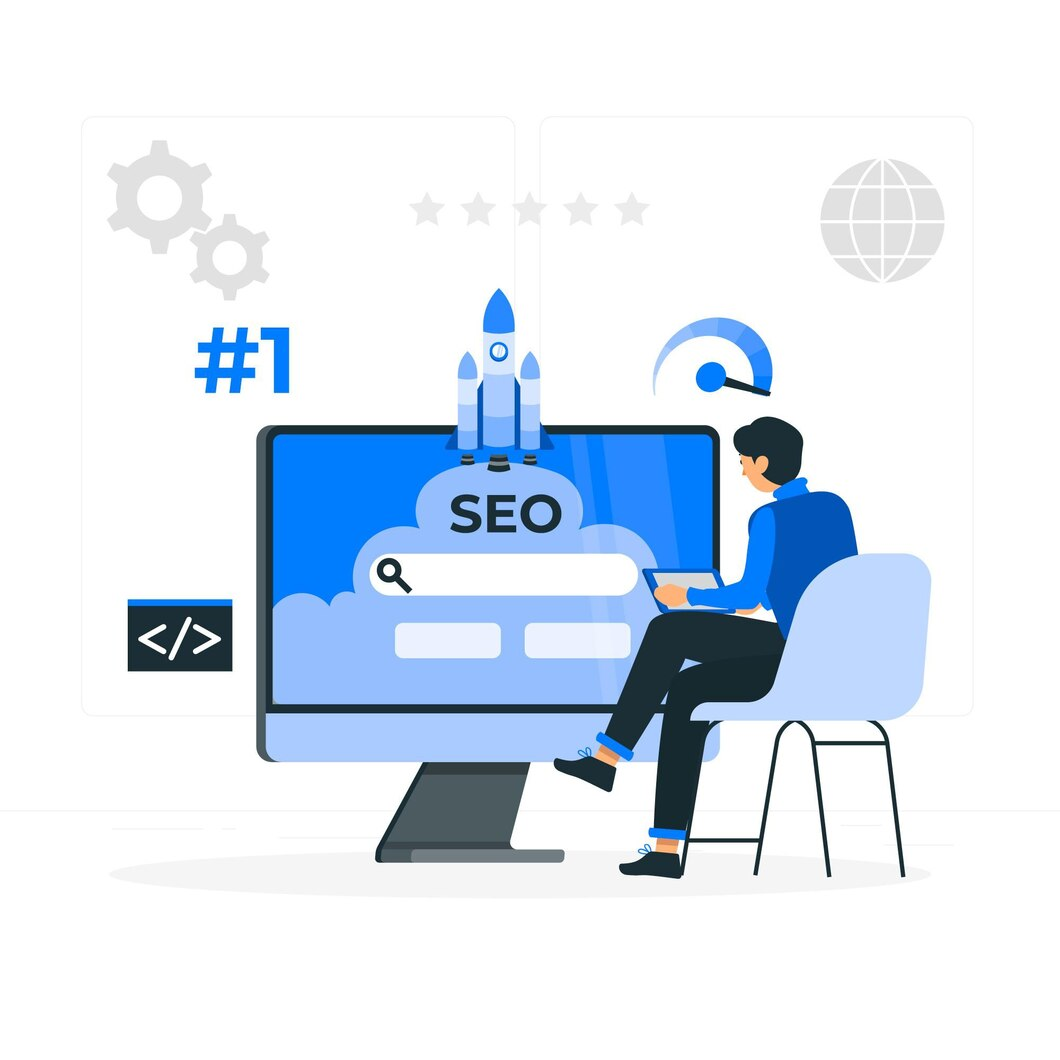
Attaining free traffic is the ultimate goal. With search engine optimization (SEO), this goal becomes achievable. Invest initial effort into making your store SEO-friendly to enjoy the rewards.
Shopify offers robust built-in settings for creating SEO-friendly pages, providing updatable meta fields (title, description, URL slug), automatic generation of sitemaps, 301 redirects, and canonical URLs.
These features ensure that your homepage, product pages, collection pages, and more are indexed and discoverable on major search engines.
For any shortcomings, powerful Shopify apps can step in, identifying issues and offering suggestions for improvements.
Beyond traditional ecommerce pages, you can also establish a content marketing strategy by creating a blog, targeting the most relevant educational keywords in your industry.
Blog posts have a higher likelihood of ranking well on Google, allowing you to directly address the questions posed by your ideal customers on this expansive search engine.
Target ideal customers with paid ads
The final step in acquiring crucial store traffic is crafting paid advertising campaigns with precision targeting.
While securing top organic spots on Google is essential, Google ads consistently dominate search results.
Fortunately, you can also ascend to these top positions with paid search ads and Google Shopping ads, showcasing specific products. Bid for desired search keywords and only pay for the clicks you receive.
Certain brands find greater success with paid social ads on platforms such as Instagram and Facebook, both conveniently managed through the Facebook ad dashboard.
Instead of targeting keywords, these ads focus on specific audiences. Leveraging the wealth of personal information available (likes, locations, brand associations, political affiliations, etc.), the ads are tailored to reach individuals most likely to make purchases.
Continuously refine your ad copy, visuals, and targeting to optimize results. As long as your earnings surpass expenditures, this method proves effective for driving traffic.
Offer free shipping
The term ‘free shipping’ holds significant sway as a psychological catalyst to increase Shopify sales that follows.
When shoppers are assured that no unexpected costs will be added to their cart at the last minute, they are more inclined to stay and make a purchase. A significant 62% of shoppers expressed that they wouldn’t contemplate buying from a retailer unless free shipping was offered.
You have two options: absorb the hit to your profit margins or raise product costs to offset free shipping expenses. Despite the impact on profits, offering free shipping can bring substantial benefits.
This is particularly evident when implementing conditional free shipping, where shoppers must spend a certain amount to unlock this perk. It’s a potent strategy for increasing average order values (AOV).
Additionally, consider offering free shipping for specific products to facilitate inventory clearance or during holidays as an extra incentive for customers to choose your brand.
Optimize check-out process

Eliminate the requirement for mandatory user sign-in. On average, 70.19% of online shoppers abandon their carts before completing a purchase. To decrease this abandonment rate, streamline the checkout process by avoiding the imposition of user registration.
Research indicates that 25% of shoppers abandon their carts when compelled to create an account, as this additional step makes the checkout process cumbersome. Providing users with the option to make purchases without mandatory sign-in on the checkout page is a preferable approach.
Implement upselling and cross-selling
Similar to how incorporating social proof on your store pages can influence customer trust, the integration of cross-selling and upselling elements can prompt customers to make additional purchases.
While distinct strategies, cross-selling involves enticing shoppers to add complementary products to their cart, while upselling involves encouraging customers to upgrade their purchase. For example, if someone is buying a laptop, a cross-sell might be a wireless keyboard and mouse, while an upsell could be a laptop with more RAM and a higher-resolution screen.
These tactics are typically presented through product suggestion widgets and dropdown menu sections on product pages, commonly used as shoppers approach the point of purchase. In a physical store, the equivalent might be the product displayed just before the register, but online, the offerings can be more personalized to the customer’s actual purchase.
Personalize the customer journey
Consumers not only increasingly tolerate but also expect personalization in their online shopping experiences. Ecommerce marketers greatly appreciate it when customers share their data, and a significant 83% of consumers are willing to do so for a more personalized experience.
To implement personalization effectively, a potent strategy involves utilizing product recommendations. Amazon, for instance, excels in this approach by showcasing products related to items previously viewed, suggesting product bundles to boost average order value, and reminding shoppers of their recent searches to keep the sales process moving forward.
You can further enhance personalization by employing email marketing sequences aligned with customer behavior, such as browser abandonment, cart abandonment, and products added to wishlists.
This targeted approach seamlessly extends to one of the most cost-effective forms of paid advertising—retargeting. By showcasing visuals of the product they viewed in your store, you can follow visitors across the internet.
With numerous methods available, creating an exceptional personalized experience for your shoppers is not only feasible but also well-received by customers to increase Shopify sales.
Utilize chatbots for continuous engagement

Regardless of your store’s design quality, shoppers will inevitably have questions. If they struggle to find answers, even with an excellent FAQ page, they might opt to shop elsewhere. Implementing live chat is an effective means to ease the friction associated with lingering questions during the shopping experience and provide customers with prompt support. With the Shopify integration of Crisp Chat, you can manage customer interactions.
However, maintaining live chat support around the clock can be challenging, even with a robust support team. Fortunately, chatbots have evolved to a high degree of sophistication, enabling the creation of intricate Q&A workflows that address common questions in a more interactive manner than a conventional FAQ page.
Build trust with social proof and UGC
While you may wish that your stellar marketing alone influences purchasing decisions, the reality is that shoppers place the most trust in their fellow consumers.
Incorporating the positive sentiments of your satisfied customers into your store can significantly sway prospective buyers to give your products a try.
Utilizing user-generated content (UGC) and featuring it on your store effectively communicates to potential customers that your product is already well-loved and trusted.
A prevalent type of UGC involves Instagram posts from customers showcasing your products in real-world scenarios.
Given the potency of social proof, it’s crucial to actively encourage its creation and prominently display it on your store pages.
If your brand has been spotlighted in publications, such as gift guides or favorable reviews, or if it has received awards, it presents a valuable opportunity to enhance trust. Incorporating the logos and quotes from these sources into your store serves as a compelling way to convey the trust and recognition garnered from reputable organizations.
Showcase customer reviews
A component of user-generated content (UGC) is customer reviews, one of the useful weapons to increase Shopify sales.
As previously noted, online shoppers place high trust in fellow shoppers when deciding on purchases. Customer reviews serve as a valuable gauge of your product quality.
According to Statista, 53% of shoppers consider reviews and ratings as the most crucial aspects of the online shopping experience, ranking just behind navigation.
To capitalize on this, encourage customers to provide reviews and incorporate them into your product pages. Particularly positive reviews can be highlighted and utilized across your store in customer testimonial sliders.
Numerous excellent apps are available to assist in strategically soliciting reviews and showcasing them effectively throughout your store.
Both Yotpo and Shopify’s Product Reviews seamlessly integrate with Shogun Page Builder, simplifying the process of adding reviews to any page you’re constructing.
Craft high-converting landing pages

Thanks to SEO, email, SMS marketing, push notifications, and paid ads, your store is now attracting a multitude of curious shoppers.
You could let them navigate from your homepage, and that might work, but with diverse and well-segmented traffic sources, like paid ads, you have an opportunity to create landing pages tailored for conversion.
Consider this: for a precisely targeted audience from paid traffic, would you direct them to your homepage or a page meticulously designed to sell to them? That’s the essence of a landing page!
A successful landing page incorporates:
-
An engaging headline
-
A compelling call to action (CTA)
-
Powerful images and design
-
Clear features and benefits
-
Social proof
Build an outstanding landing page, then replicate it for your distinct audience segments.
Optimize marketing through A/B testing
After setting up your initial landing page, you might contemplate an alternate reality where a different headline was used and wonder about its potential impact on conversion.
Fortunately, you don’t need to delve into the multiverse to assess the influence of slight tweaks on your pages. Instead, you can initiate A/B testing, comparing different versions and selecting the one that yields the highest conversion rates.
A/B testing on your Shopify store can be accomplished using external tools that overlay slightly modified versions onto your pages.
When making changes, it’s crucial to alter only one element at a time. This ensures that any resulting improvement or decline can be attributed to a specific update.
After completing a test and identifying a successful change, you can integrate that element into your page and commence a new test with another modified aspect, continuing the process.
Several user-friendly tools are available for A/B testing, including:
-
Google Optimize: A free tool suitable for merchants in the early stages of design experimentation.
-
VWO (Visual Website Optimizer): An enterprise-level A/B testing tool with pricing tailored to your business details.
-
Optimizely: A versatile option suitable for businesses of various sizes, with pricing determined through consultation.
Set up loyalty program apps for increased sales
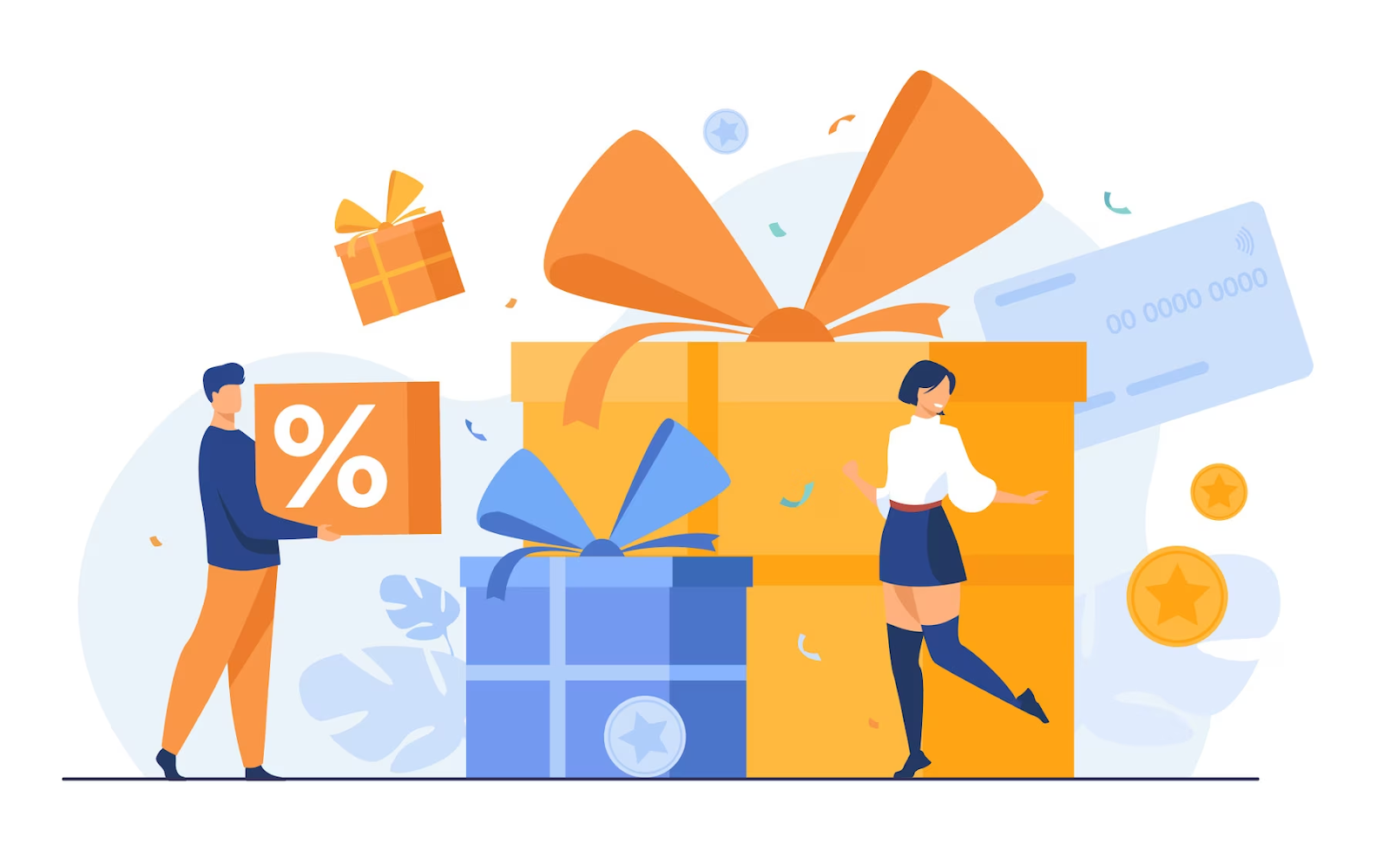
These loyalty applications offer a variety of features for loyalty programs, encompassing points-based rewards, VIP programs, referral initiatives, and tools for engaging customers. These features play a crucial role in encouraging customers to return for more.
The primary objective of a loyalty program is to motivate customers to make recurring purchases by providing them with rewards and incentives for their loyalty.
Utilizing a Shopify loyalty app enables you to establish and oversee these programs, allowing customization of rewards and communication. Additionally, it facilitates the tracking of customer behavior and redemption.
Discover: Best App to Supercharge your Store & Skyrocket your Sales
Wrapping up
Boosting sales for your online store is an ongoing endeavor. The most effective strategies vary from one store to another, so it’s crucial to identify what works best for your website and focus on reinforcing those tactics.
Maintain open communication with existing customers to stay attuned to their evolving preferences in online shopping. Whether it involves enhancing customer service or implementing free shipping, there are various avenues to consistently increase Shopify sales.

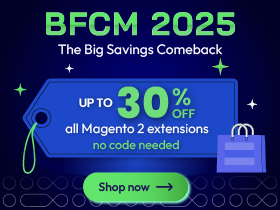

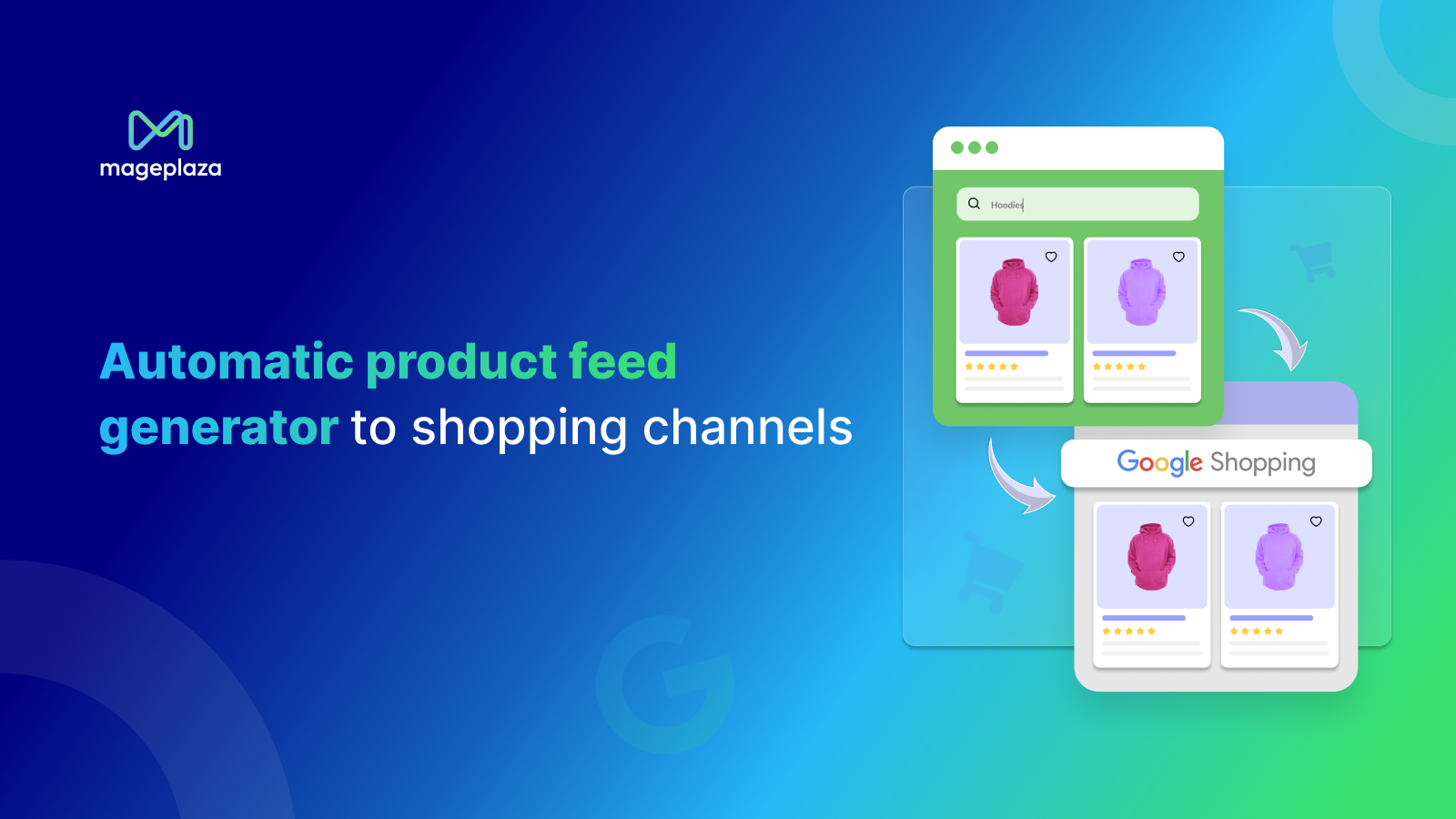



![Top 20+ Must-have Shopify Apps for 2025 [Free & Paid] - Mageplaza](https://cdn2.mageplaza.com/media/blog/must-have-shopify-apps/top-must-have-shopify-apps.png)
![[2025 Updates] Top 10+ Upsell Apps for Shopify - Mageplaza](https://cdn2.mageplaza.com/media/blog/best-upsell-shopify-app/cover.png)
